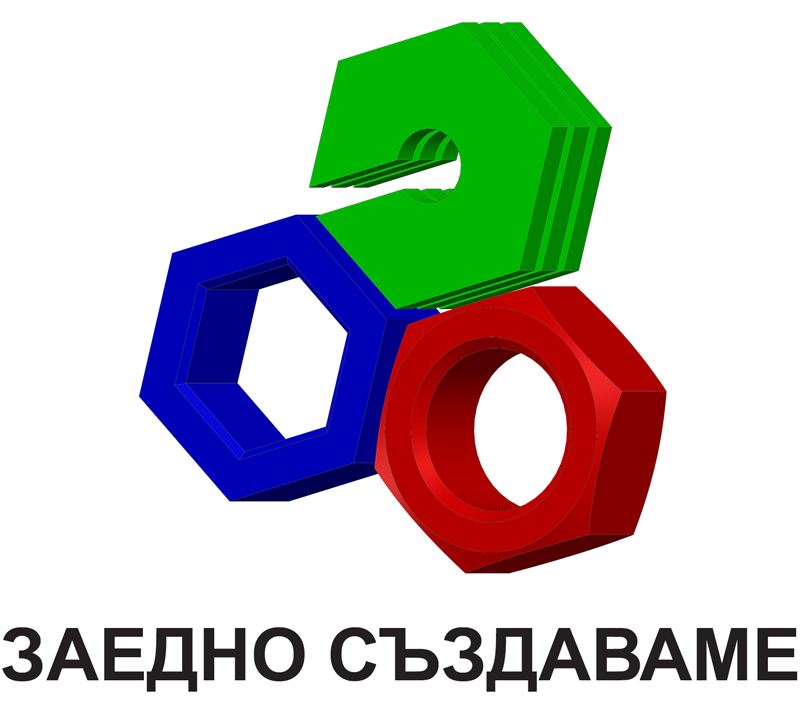LABORATORY OF ELECTROPLATING AND CORROSION
PROJECT BG05M2OP001-1.001-0008 | NATIONAL CENTER OF MECHATRONICS AND CLEAN TECHNOLOGIES
Manager: Prof. N. Bojkov, Institute of Physical Chemistry, Bulgarian Academy of Sciences
e-mail: NBojkov@ipc.bas.bg
tel. 02 979 2521
For the needs of research on obtaining and characterizing new functional galvanic coatings with improved properties, a laboratory with a galvanic line for sample preparation and deposition of functional coatings, a salt spray chamber for corrosion tests and laboratory equipment necessary for obtaining of coatings by incorporation of microparticles are equipped, with an optical microscope providing immediate quality control of the coatings and monitoring of the corrosion processes. The specificity of the laboratory is the creation of conditions for synthesis and electro-optical characterization of microparticles, which are subsequently incorporated into functional coatings, for example those with improved anticorrosive properties.
The new laboratory equipment has been added to the existing electrochemical workstations and makes it possible to close the circle and increase the efficiency of research in this area, which concerns the direct overcoming of significant problems related to the stability and reliability of components used in mechatronic products.
ACTIVITIES
- Investigation of the corrosion resistance of certain materials and the protective ability of surface single- and / or multilayer systems of metal, alloy, composite, hybrid, conversion and other coating types, developed on scientific topics and / or on projects and contracts of IPC-BAS, in different dynamic and / or cyclic test modes;
- Assessment of the corrosion damage of the above-described samples according to the requirements of the respective standards and / or methodologies;
-
Weight loss measurements to determine the corrosion rate:
− Investigation of the morphology of glass-ceramic samples obtained from raw materials containing a high percentage of slag and ash from incineration of household waste.
− Investigation of specimens from the tellurite-bismuth-silicon system in terms of surface morphology and fracture, as well as in terms of nonlinear optical properties.
−Investigation of the surface of electrode materials.
− Investigation of the surface and fracture of synthesized lithium-germanium-phosphorus composite materials related to energy storage and conversion.
− Surface examination of photo-catalytic materials.
− Investigation of the surface of the so-called ABS plastics and various types of anti-corrosion coatings.
SERVICES
- Investigation of the corrosion resistance of certain materials and the protective ability of surface single- and multilayer systems of metal, alloy, composite, hybrid, conversion and other coatings provided by organizations, institutes, enterprises or companies in various dynamic and / or cyclic test regimes .
- Assessment of the corrosion damage of the test specimens according to the requirements of the relevant standards or methodologies.
-
Weight loss measurements to determine the corrosion and destruction rate.
- Investigation of the morphology of tooth enamel and monitoring the influence of different types of drug treatments.
- Study research on the surface and depth of polymer-epoxy coatings used to equip gyms.
- Investigation of the size distribution of zinc powder samples with a high degree of purity.
- Investigation of the stability of conductive platinum contacts used in temperature sensors.
- Investigation of the morphology of high quality steel springs used in the automotive -industry.
- Investigation of the morphology of reflective coatings used in lighting elements.
- Investigation of surface morphology and fracture of composite ceramic materials with high hardness.
- Investigation of the degree of sintering and surface roughness / porosity of test samples of cement in different granulometry and composition.
EQUIPMENT
RIGHT OPTICAL MICROSCOPE
High quality optical microscope for working with transmitted and reflected light, LED lighting and included contrast techniques: light field, dark field, DIC and C-DIC (differential interference contrast). Reliable and wide-spectrum optical microscope, suitable for examination of a wide range of materials, including grain boundaries, phase structure, coatings, defects, inclusions, etc. Magnifications – x50, x100, x200, x500, x1000.
SALT MIST CHAMBER WITH THE POSSIBILITY OF EXAMINATION IN DYNAMIC MODE
The Q-FOG chamber (Q-LAB Corporation) consists of a body of polymeric material with internal volume, allowing testing of different types of samples (materials and coatings) in the form of both experimental plates and real objects or parts of them. It has a built-in electronic control device containing a number of set test programs.
The system allows the additional creation of combinations of available tests, as well as new experimental programs with different test characteristics. The equipment also provides standardized tests in continuous, cyclic and / or multistage mode.
APPARATUS FOR THE PREPARATION, MODIFICATION AND CHARACTERIZATION OF MICROPARTICLES USING ELECTRO-OPTICAL METHODS
The equipment consists of an optical module, electro-optical cell and photoelectric multiplier, electrical module (generator and high-voltage amplifier PZD2000A, TREK), two-channel oscilloscope Rohde & Schwarz and centrifuge MPW-352R, Med Instruments for production and fractionation of microparticles.
The laboratory centrifuge (MPW-352R) is used to separate components (particles) of different densities and sizes into samples under the influence of centrifugal force. The centrifuge is equipped with an ecological cooling system with temperature control. This allows the selected temperature in the chamber to be reached even at maximum rotation speed.
The presented components are original equipment for measuring the intensity of scattered light from a suspension in an electric field, which can determine the electrical, optical and geometric parameters of non-spherical colloidal particles in an aqueous medium and in the presence of low molecular weight salts, surfactants and polymers. .









